Mirrors today are so commonplace we barely give their origins a second thought.
In 1999, in a discussion on Edge.org, Bill Gates – founder of the Microsoft corporation – and his peers mused over the greatest inventions of the past 2,000 years.
Tor Norretranders, the Danish science writer, nominated the humble mirror, which he equated with the advent of clothing, manners and behaviour, noting that it gave us the first notion of self-consciousness.
In addition to the ability of being able to see ourselves as others do, this invention from the 15th century has played an integral part in human history from the arts, archaeology and medicine to technology and of course style.
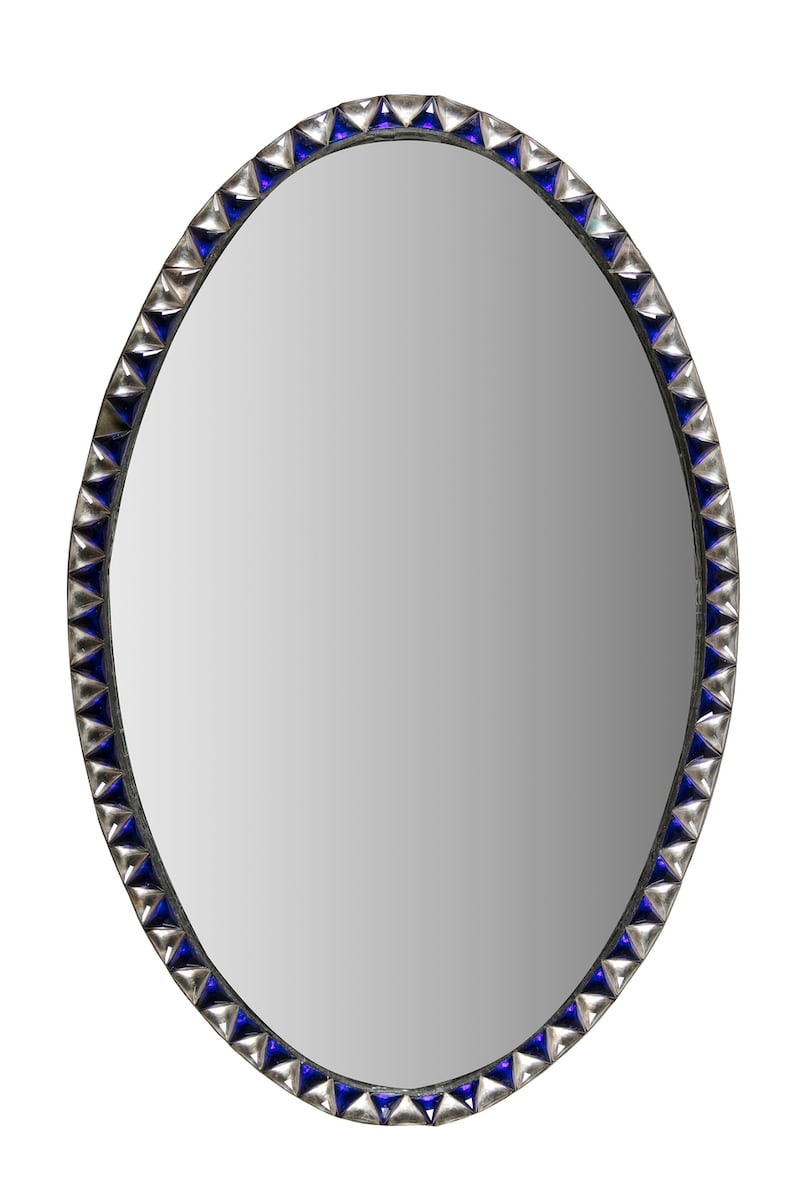
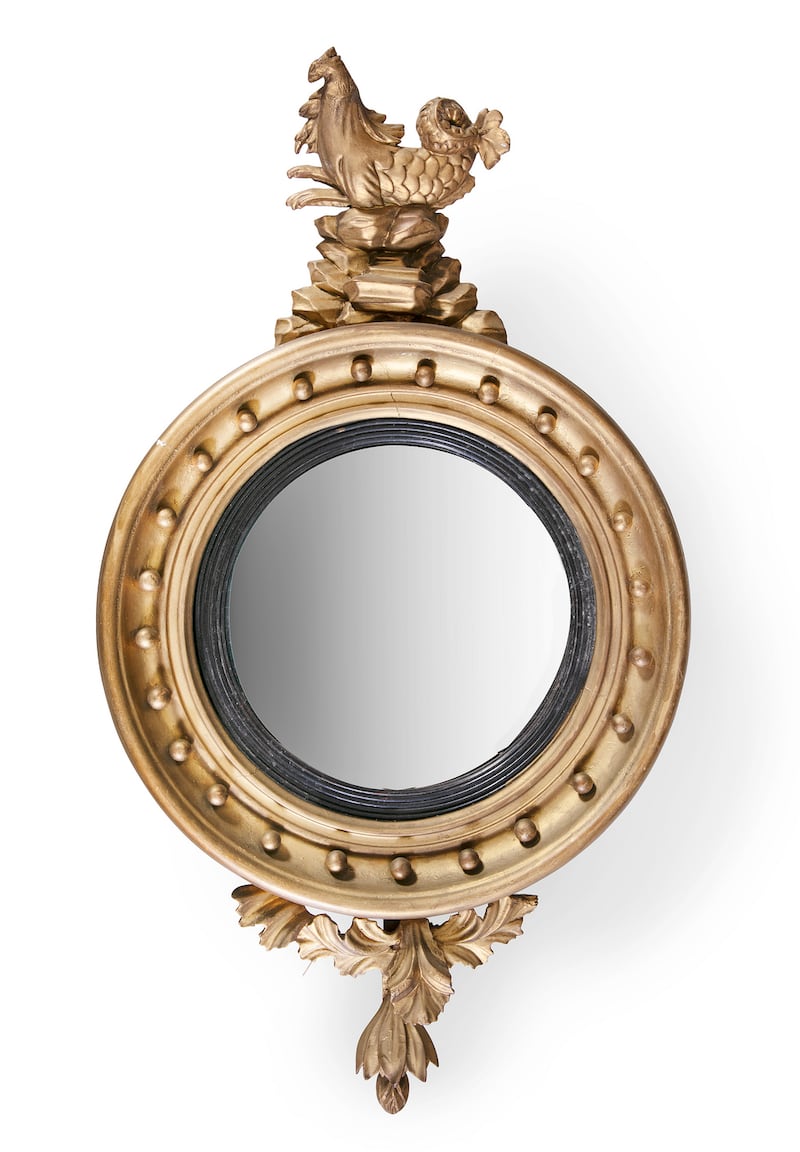
But in the Middle Ages the mirror was the preserve of the super-rich – hanging only in palaces, where the cost of a mirror was equal to the cost of a naval ship. In Japan mirrors were considered sacred objects and used in imperial rites. But possibly the most famous use of mirrors was at the Palace of Versailles.
At the time the Venetians held a monopoly on mirror making, having perfected the skill with the use of mercury and glass for well over a century and a half; their guildsmen were kept apart from other artisans on the island of Murano, and revealed their trades under the threat of execution.
When the self-styled Sun King , Louis XIV of France, decided his 700-room palace on the outskirts of Paris should be embellished solely with French adornments, his court bribed a number of Venetian artisans to defect.
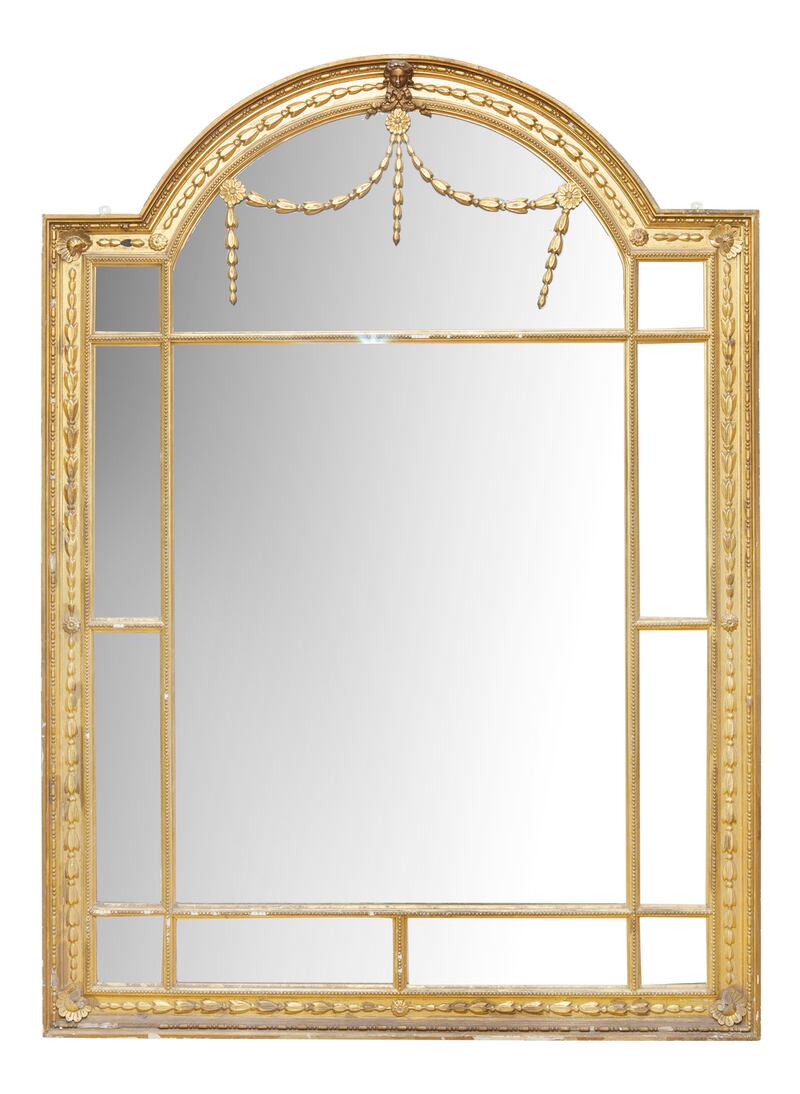
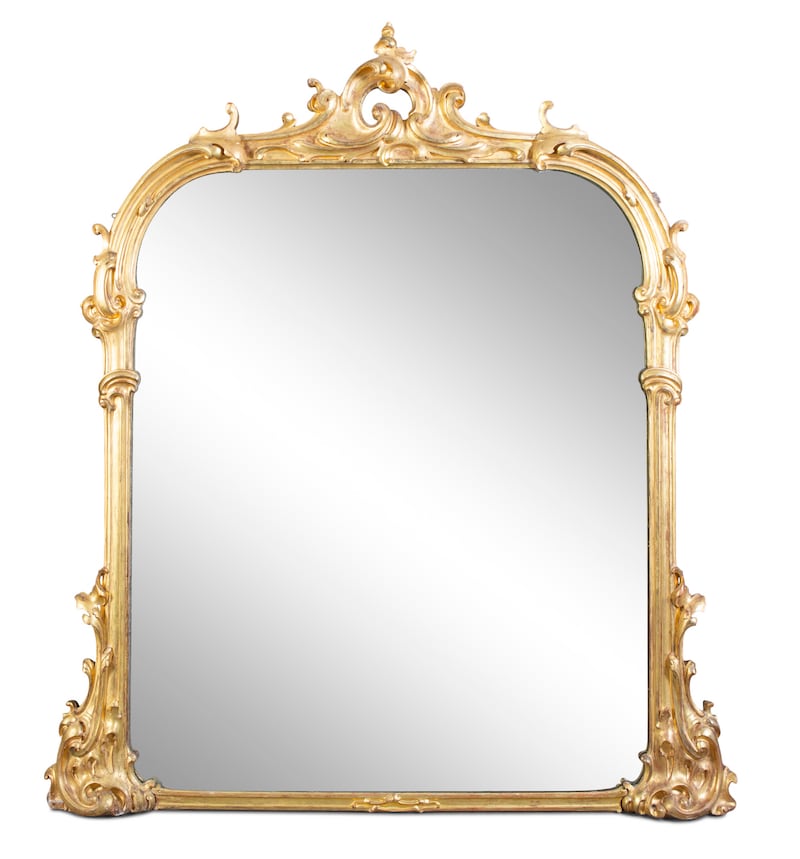
Hence La Grande Galerie – Hall of Mirrors – the most famous room in the Chateau de Versailles was created. In retaliation, the Venetian government ordered the assassination of the artisans in an attempt to keep the secrets of mirror making from the French.
Begun in 1678, the hall with 17 mirror clad arches encompassing 357 mirrors is acknowledged as one of the most beautiful achievements of classical French art from the era. It has witnessed emperors proclaimed, empires redistributed and was synonymous with the excesses of French nobility that led to the French Revolution. In 2007, the hall where the Treaty of Versailles was signed, underwent a €16m restoration.
The humble mirror also transformed the world of Renaissance art, allowing self-portraits to be drawn for the first time.
Leonardo da Vinci – famous for his mirrored writing, called the mirror "the master of painters" in his notebooks. Jan van Eyck's 1434 The Betrothal of Arnolfini is possibly most famous for his own refection in the mirror which he signed "Johannes de eyck fuit hic" (Jan van Eyck was here) which is considered the first time an artist was portrayed as a witness, from the use of his own portrait in the mirror.
Keen collector
Adam’s on St Stephen’s Green are hosting an At Home auction on February 24th, which will offer an array of mirrors among the 538 lots.
Lot 407 is a Venetian engraved wall mirror – a typical cushion shape with scroll and fan cresting from the 19th century (€300–€500), and lot 191, from the same period is a fine gilt wood compartmented overmantle with a decorated frieze panel (€500–€800).
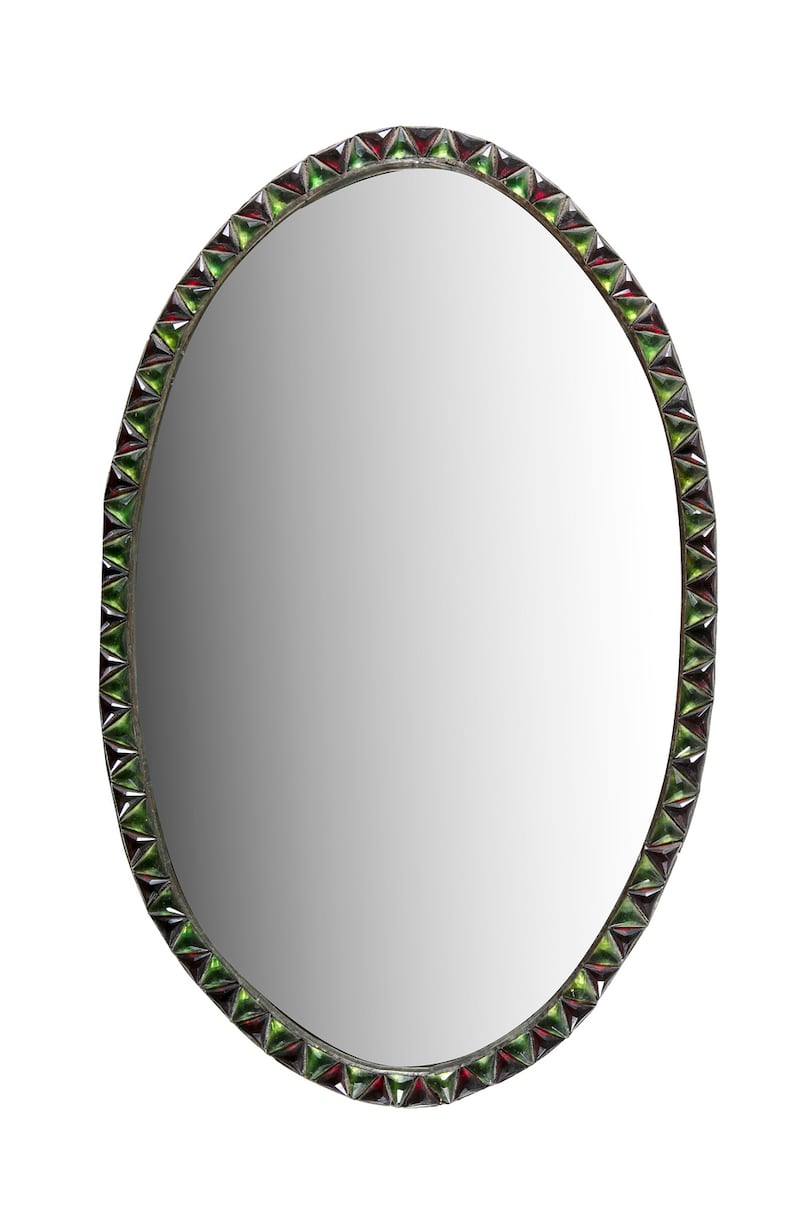
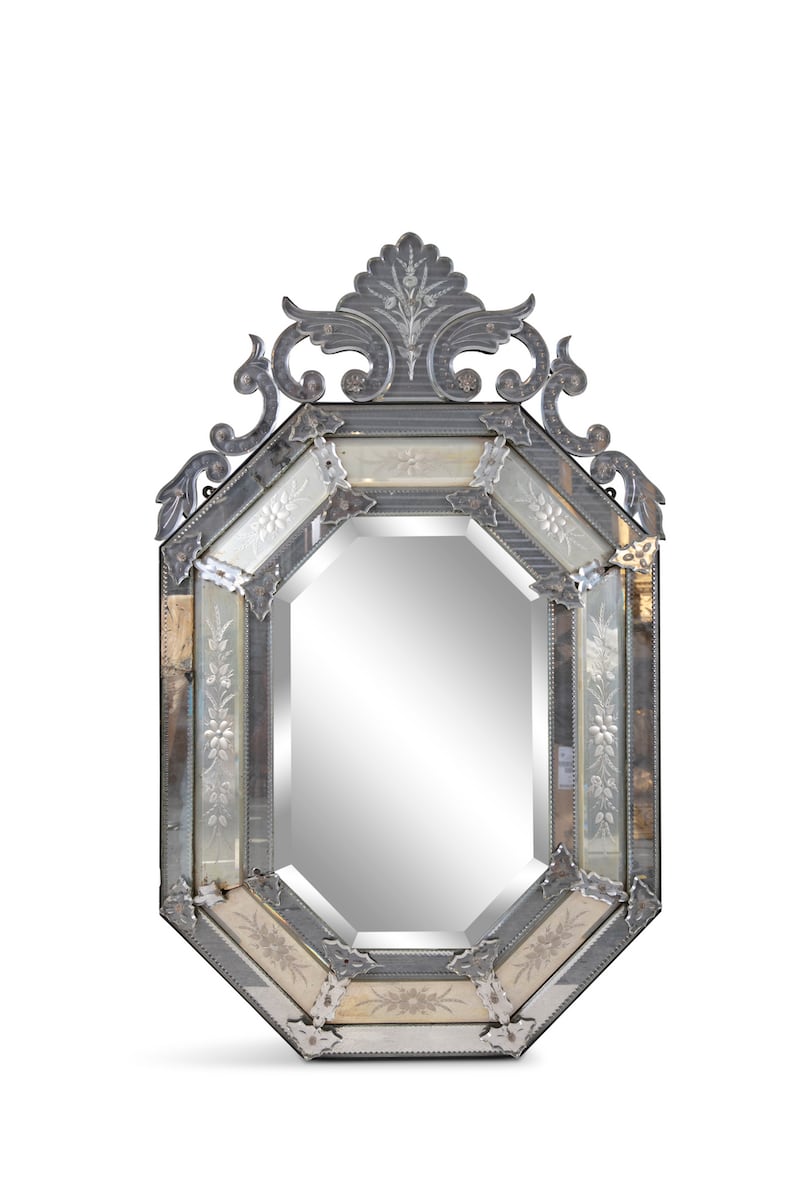
But possibly the most interesting are lots 229 and 230 (€1,000–€1,500) early 19th century Irish mirrors from the estate of Mrs Noel Guinness, which once graced the walls of her home at Ceanchor House in Baily Co Dublin.
A keen collector, particularly of Irish decorative arts, her own legacy survives through her portrait by Walter Osbourne now hanging at Farmleigh House, alongside the dress she wore in the painting from 1900, which won a bronze medal at the Paris International Exhibition the same year.
These mirrors stem from a period when mirrors were more expensive than paintings, as they magnified candlelight at night in a time before electricity. They come from the Waterford glasshouse, although more famous for their tableware, dabbled in the art of mirror making, cutting the glass jewels that are seen to border 18th- and 19th-century pieces.
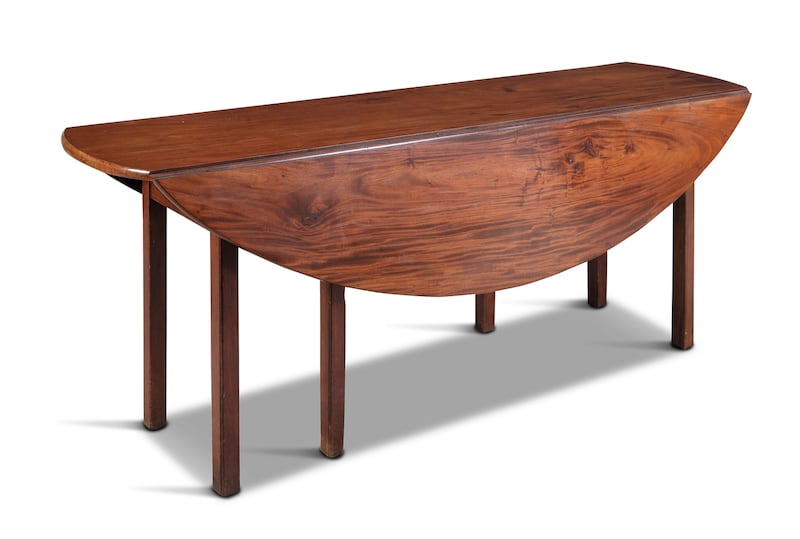
Also on offer in the sale are a selection of tables including lot 285; a George III style mahogany double drop leaf hunting table (€600–€1,000).
Although so much period furniture is considered too large for new homes and apartments, these tables are a perfect solution as they can sit comfortably folded away with the leaves down behind a sofa and used as a full dining table when hosting a dinner for special occasions.
The sale also includes over 100 lots of silverware, a variety of clocks, Persian rugs, occasional chairs, art and jewellery.












